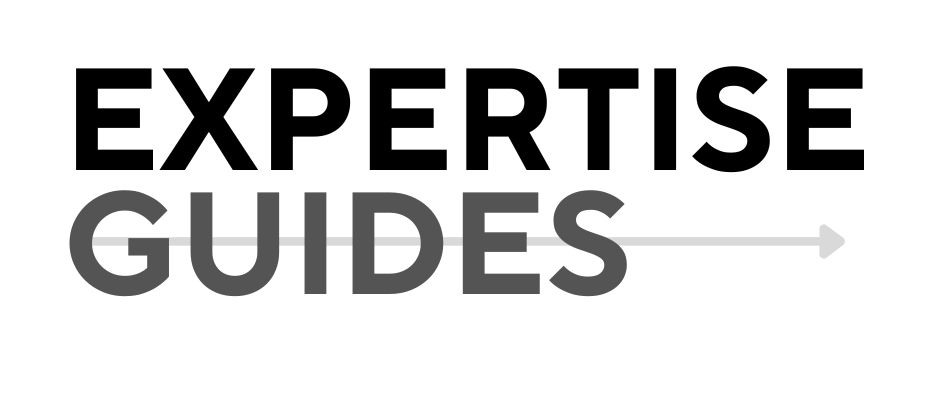Summary: Learn how to develop and implement a benefits strategy that enhances employee satisfaction and retention with this comprehensive guide.
Information Type: Guidebook
The HR Leader’s Guide to Crafting a Winning Benefits Strategy
I. Introduction: The Strategic Importance of Employee Benefits
A. The evolving landscape of employee expectations
In today’s competitive job market, employees’ expectations are rapidly changing. They are no longer satisfied with just a paycheck; they seek comprehensive benefits that cater to their overall well-being.
B. How benefits impact employee satisfaction and retention
A well-crafted benefits package can significantly enhance employee satisfaction and retention. According to a 2022 study by LinkedIn, 60% of employees consider benefits a major factor in job satisfaction.
C. The role of HR leaders in shaping company culture through benefits
HR leaders play a crucial role in shaping company culture by designing and implementing benefits that align with the organization’s values and goals.
II. Assessing Your Current Benefits Package
A. Conducting a comprehensive benefits audit
Start by conducting a thorough audit of your current benefits package. Identify what’s working, what’s not, and what’s missing.
B. Gathering employee feedback and preferences
Gather direct feedback from employees to understand their needs and preferences. This can be done through surveys, focus groups, or one-on-one interviews.
C. Analyzing industry benchmarks and competitors’ offerings
Analyze industry benchmarks and competitors’ benefits packages to ensure your offerings are competitive.
D. Identifying gaps and opportunities for improvement
Identify gaps in your current benefits package and explore opportunities for enhancement. Look for areas where you can offer unique or improved benefits.
III. Designing a Tailored Benefits Strategy
A. Aligning benefits with company values and goals
Ensure that your benefits strategy aligns with your company’s values and goals. This alignment helps in creating a unified and motivated workforce.
B. Balancing cost-effectiveness with employee needs
Strike a balance between cost-effectiveness and meeting employee needs. Consider both the financial impact on the company and the value provided to employees.
C. Incorporating flexibility and personalization options
Incorporate flexibility and personalization into your benefits package. Offer options that allow employees to choose benefits that best suit their individual needs.
D. Considering diverse workforce demographics
Take into account the diverse demographics of your workforce. Ensure that your benefits package is inclusive and caters to different age groups, family situations, and cultural backgrounds.
E. Integrating wellness and work-life balance initiatives
Integrate wellness programs and work-life balance initiatives into your benefits strategy. This can include mental health resources, fitness programs, and flexible working arrangements.
IV. Implementing and Communicating Your Benefits Strategy
A. Creating a phased implementation plan
Develop a phased implementation plan to roll out the new benefits strategy. This helps in managing the transition smoothly.
B. Developing clear, engaging communication materials
Create clear and engaging communication materials to inform employees about the new benefits. Use multiple channels like emails, intranet, and meetings to ensure everyone is aware.
C. Leveraging technology for benefits administration and education
Leverage technology to streamline benefits administration and educate employees about their options. Use platforms that allow easy access to information and self-service.
D. Training managers to support the new benefits strategy
Train managers to understand and support the new benefits strategy. They play a key role in communicating and advocating for the benefits.
E. Measuring and adjusting based on employee feedback and utilization data
Continuously measure the effectiveness of your benefits strategy through employee feedback and utilization data. Make adjustments as needed to ensure ongoing satisfaction and engagement.
V. Conclusion: Partnering for Success
A. Recap of key strategies for benefits optimization
To recap, a successful benefits strategy involves assessing current offerings, designing a tailored plan, and effectively implementing and communicating it.
B. The importance of ongoing evaluation and adaptation
Remember the importance of ongoing evaluation and adaptation to meet the evolving needs of your employees.
C. How AlturaHR can support your benefits strategy journey
AlturaHR is here to support you in crafting and implementing a winning benefits strategy that drives employee satisfaction and retention.
D. Schedule a consultation with AlturaHR experts
Schedule a consultation with AlturaHR experts today to take the first step towards optimizing your benefits strategy.
#EmployeeBenefits #HRStrategy #AlturaHR


